You can make young boys want to read
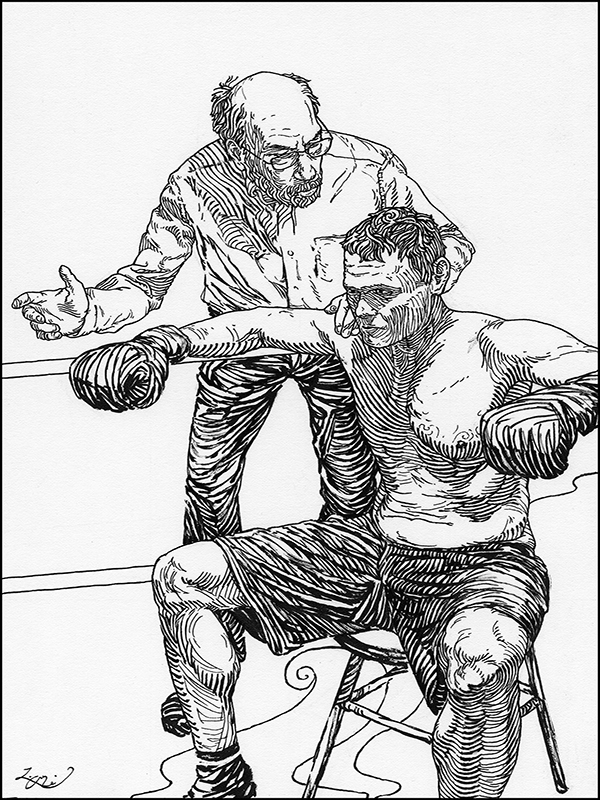
The facts are clear: in every state, and undoubtedly every grade, boys are trailing behind girls in reading. The National Assessment of Education Progress measures reading skills at ages 9, 13, and 17. It shows boys’ reading skills consistently lag behind girls from the early grades through high school, with the largest gap in high school. While boys today have many more alternatives to books than they did in the past — including video games, television, and social media — experts say their lack of enthusiasm for reading is not new. Long ago John Locke, the noted philosopher of the Enlightenment era, lamented that male students were not able to write as well as female students. He also noted how much more easily girls picked up foreign languages.
Had Bartleby scriven too much and to no equitable avail?

Politicians. They are a curious kind of people.They disagree so absolutely about all this and all that, just as if each had some sort of a table or algorithm by which they figure things out, yet they always allow one root belief to govern their ultimate decisions no matter what topic is up for debate—common people are deservedly stuck where they are because they haven’t accomplished anything uncommon. So while Bartleby was said to have a high capacity to produce legible and accurate copy, he was basically just another scrivener—-laborer—and thus not special in any real way. He was utterly common, unlike the mavens and titans who managed the money on Wall Street where he was briefly employed, and being common, was utterly expendable (although his employer undoubtedly did have a heart).
Was "Irish" a sucker?
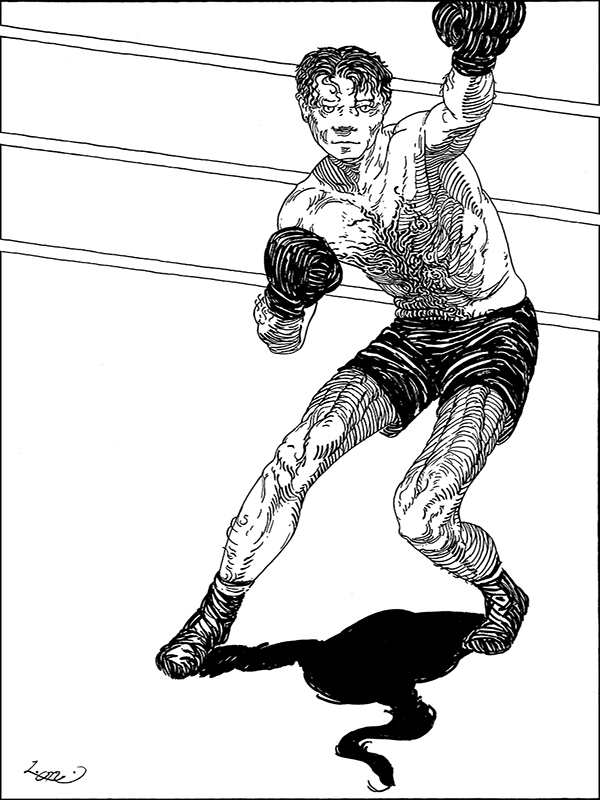
It seems odd, from my perspective, that Donn Byrne doesn’t mention the person who managed “Irish” in this story about a young boxer. Sure, he mentions corner men, but who was the manager? Byrne tells us that “Irish” was a talented young fighter on the rise who took a fight he didn’t believe he was prepared for, a fight he didn’t believe he could win. He also tells us the fight was held on the big stage in New York City—Madison Square Garden. Does any unmanaged boxer ever fight there, even back in the day? So was “Irish” a sucker? Was he betrayed by a manager on the take?
Who was Donn Byrne?
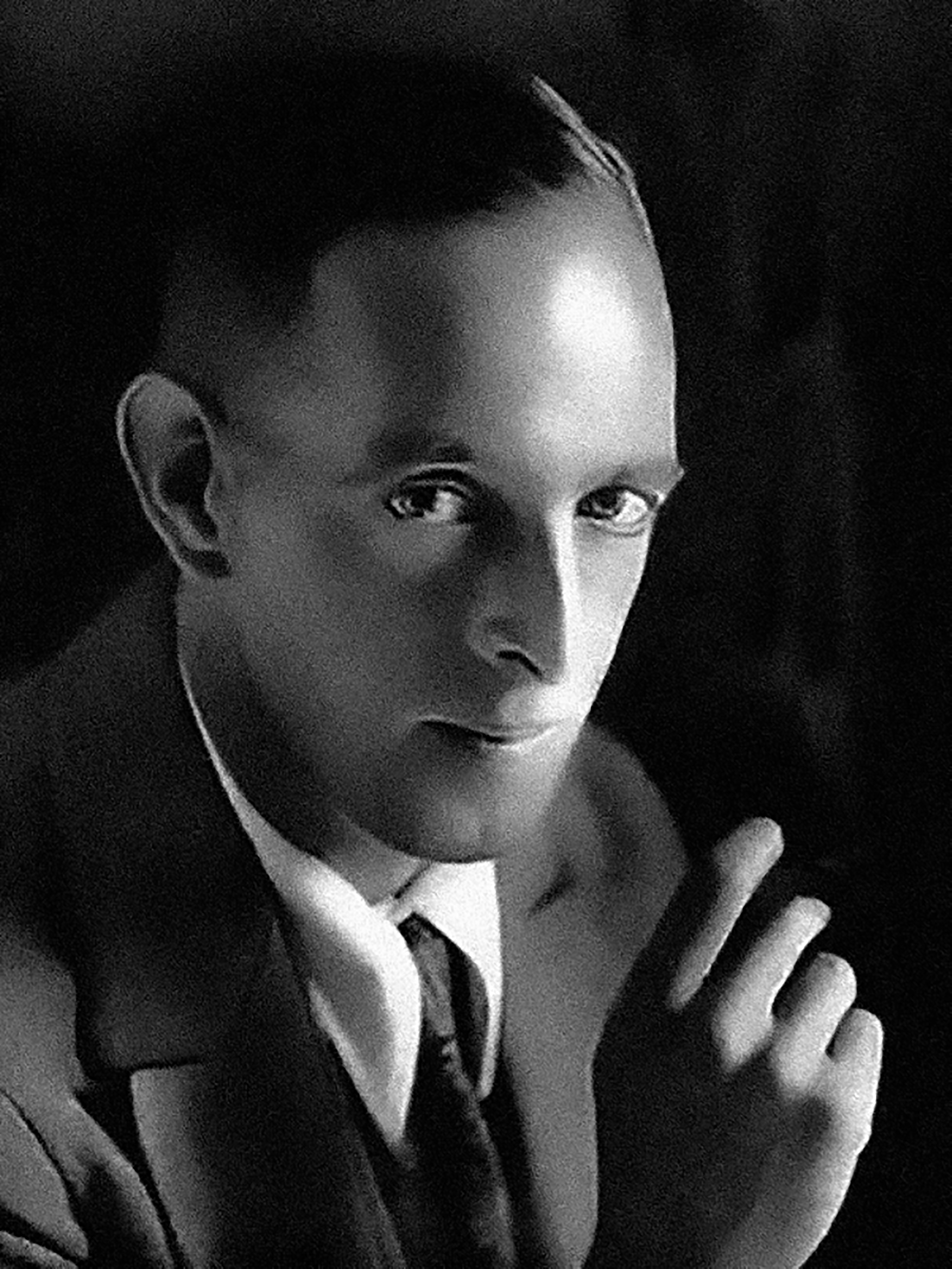
Donn Byrne was born in New York City in 1889, but he was only born there because he presented himself to his parents while they were there on a business trip. Ireland ought to have been his birthplace since his father worked there as an architect and both his parents were proud citizens of that country. So unsurprisingly, before he was three months old, his parents took baby Donn Byrne back with them to Ireland to be raised.
He was an outstanding student from his earliest years onward, and almost equally enthusiastic about athletics. When not educating his mind, he was usually developing his muscles; as a young man he attained the light-weight boxing championship while attending Trinity College, Dublin (aka the University of Dublin). He knew all about horses too; he could ride with the best and manifested a more than academic (and also uncannily legendary) interest in horse racing.
The Humorous Edgar Allan Poe

Evidences of Poe's humorous side have been around for a long time, although most readers, for good reason, do not think of him as a humorist. Part of the reason readers miss Poe’s humor is because he didn’t want them to know what he was up to when he was underscoring the nightmarish aspects of his writing with humorous digs about the moral failings of others. And largely Poe’s humorous side is missed because most of his more overtly humorous stories remain unread; they were never collected and published in book form. But even though some of those who did read them in magazines thought his humorous writing amounted to mere insider jokes, book publishers in his day actually thought Poe wrote fine satire. They only refused to collect and publish his humorous stories because they also thought the referential satire he used was too obscure for most readers ‘to get’.
The Old Lawyer - Bartleby's Main Character
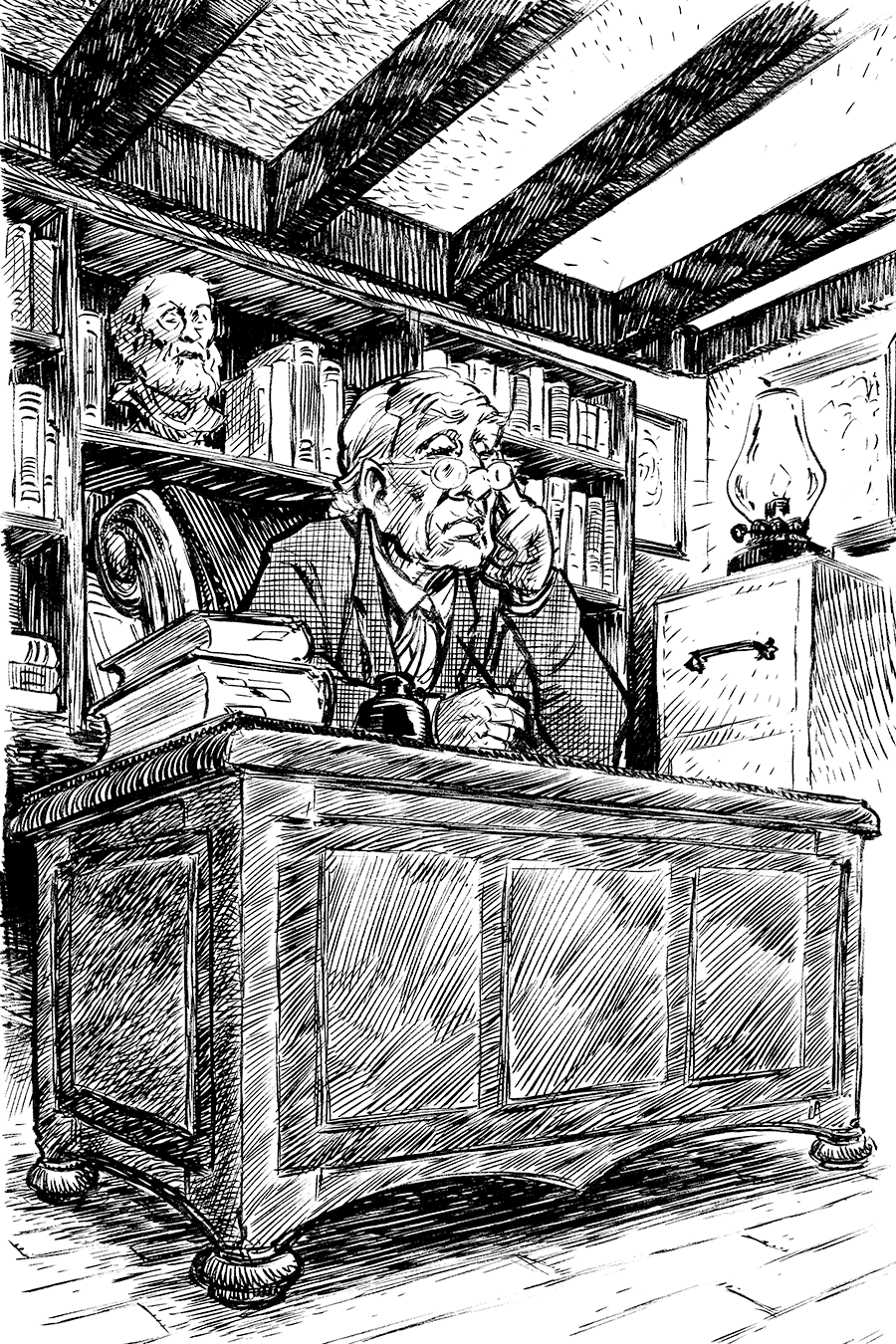
Almost all analyses of the story Bartleby the Scrivener by Herman Melville center on the psychological traits of Bartleby. Nevertheless, despite the long-standing and ongoing fascination with Bartleby, it's impossible to ignore that his employer, the old lawyer and the narrator of the story, is actually the story’s main character. You could even say the lawyer was the first entity to unsuccessfully analyze the strange man he had hired to perform work the man repeatedly prefers not to do. While doing so, the lawyer models the extreme patience all readers need when attempting to do their own analysis of an inscrutable character who somehow demands to be comprehended. Beyond his patience, however, and much more importantly, the nameless old lawyer models overarching solicitude for a person he could never understand in the least.
Illustrated Literature

Illustrated fiction enjoyed a surge in popularity during the 19th century. The best example—Charles Dickens. He worked closely with the eighteen artists who produced the nearly nine hundred illustrations that enhanced almost all his novels. But that was so very long ago. Sure, these days there are still picture-books, mostly for little kids, and graphic novels, but very little standard fiction has graphic elements of any sort. I think more standard fiction should. Designs and graphics can add a lot to a book by accentuating what's already there. The main function of a narrative illustrator is to represent, interpret, and heighten the meaning of a selected passage of text (in a complementary way) by means of pictures, with the aim of contributing to the reader's appreciation of the narrative.
Bartleby and Individualism
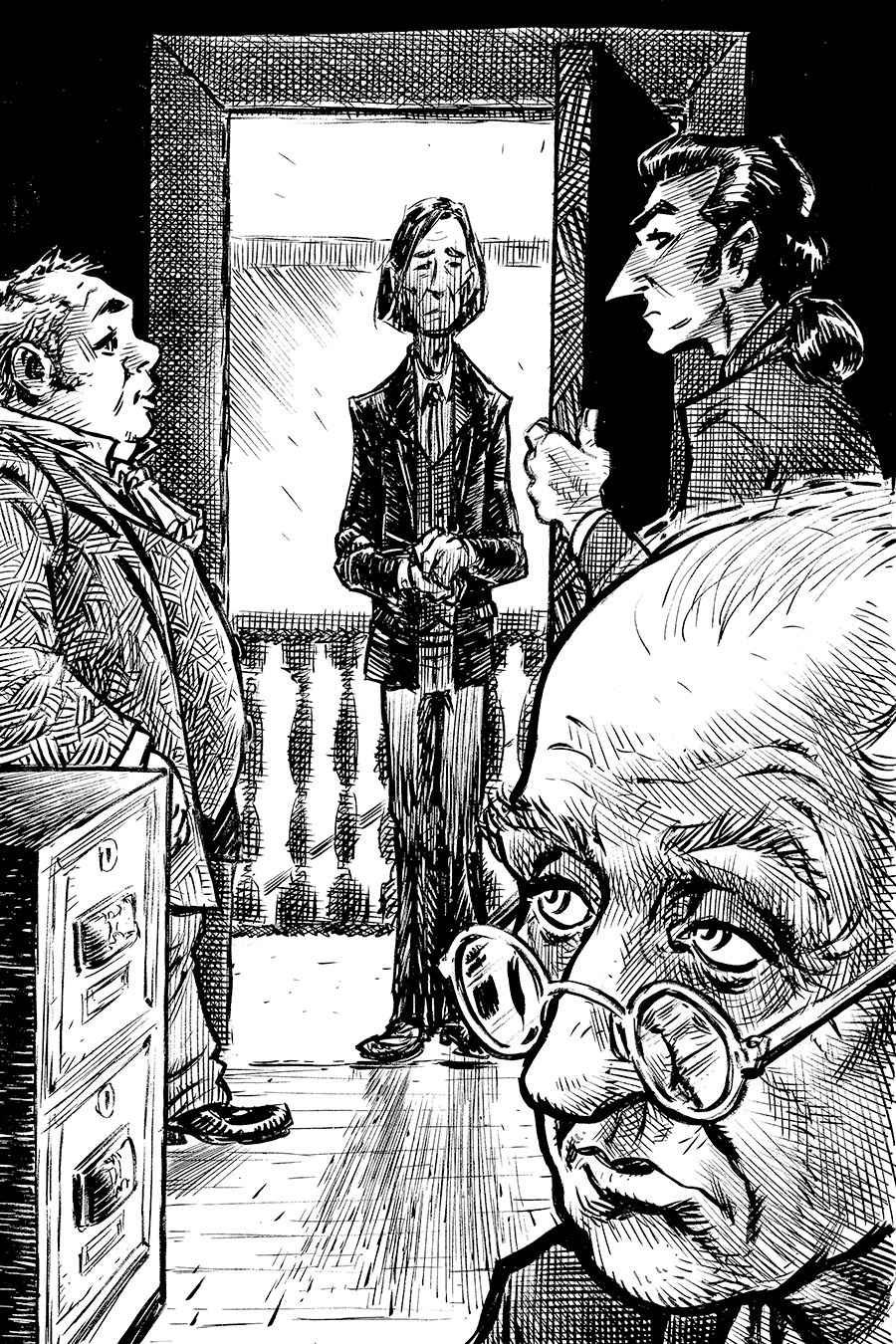
Bartleby was an individualist who was hired to copy law documents and to model a calm demeanor that hopefully his co-workers would emulate. Bartleby calmly did these things very well, but only briefly, for he quickly preferred not to copy law documents and, being an individualist who acted in line with his preferences, he would not. Bartleby was seemingly endowed with his calm demeanor and evidently always conformed with this gift, probably by not preferring to be anybody but himself, for his calm demeanor never varied. Yet that quality proved entirely worthless to his employer—it lost all its modeling value when Bartleby refused to work.
"Irish" Donn Byrne
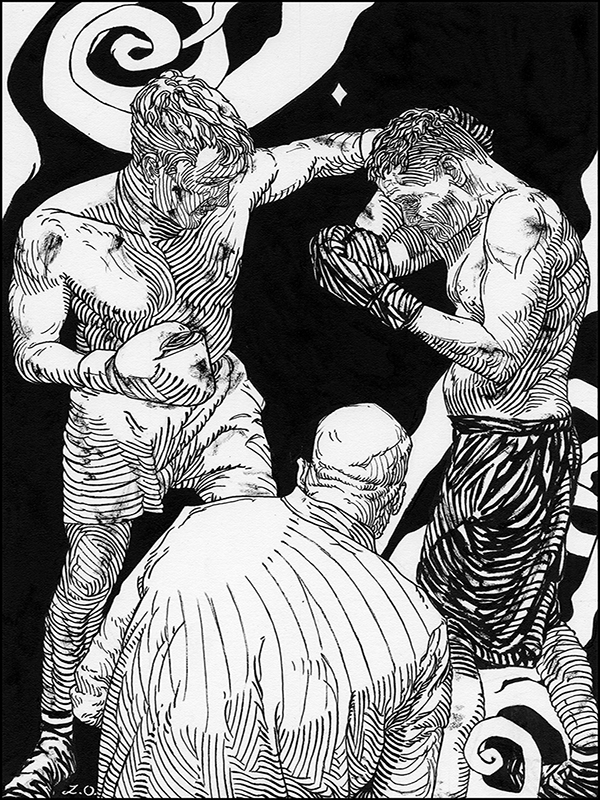
Adapted Classics presents two human interest stories by Irish author Donn Byrne. Both stories are about professional boxers who fight opponents in the ring while simultaneously battling psychological demons within themselves. “Irish” follows a popular, young boxer on the rise who knowingly risks his spotless record by taking a match he believes unwinnable for money he needed to support to his unappreciative, delusional father. The second story, A Man’s Game, tells of an aging boxing champion who is harassed by his conscience in the ring for accepting a match he didn’t want and an outcome he couldn’t abide for bribe money he would use to advance his son’s education. The fighting scenes in these stories are vividly described, partly owing to Donn Byrne’s experience as an amateur boxer who attained the lightweight championship while attending Trinity College in Dublin, Ireland.
Sammy's Day at the Fair
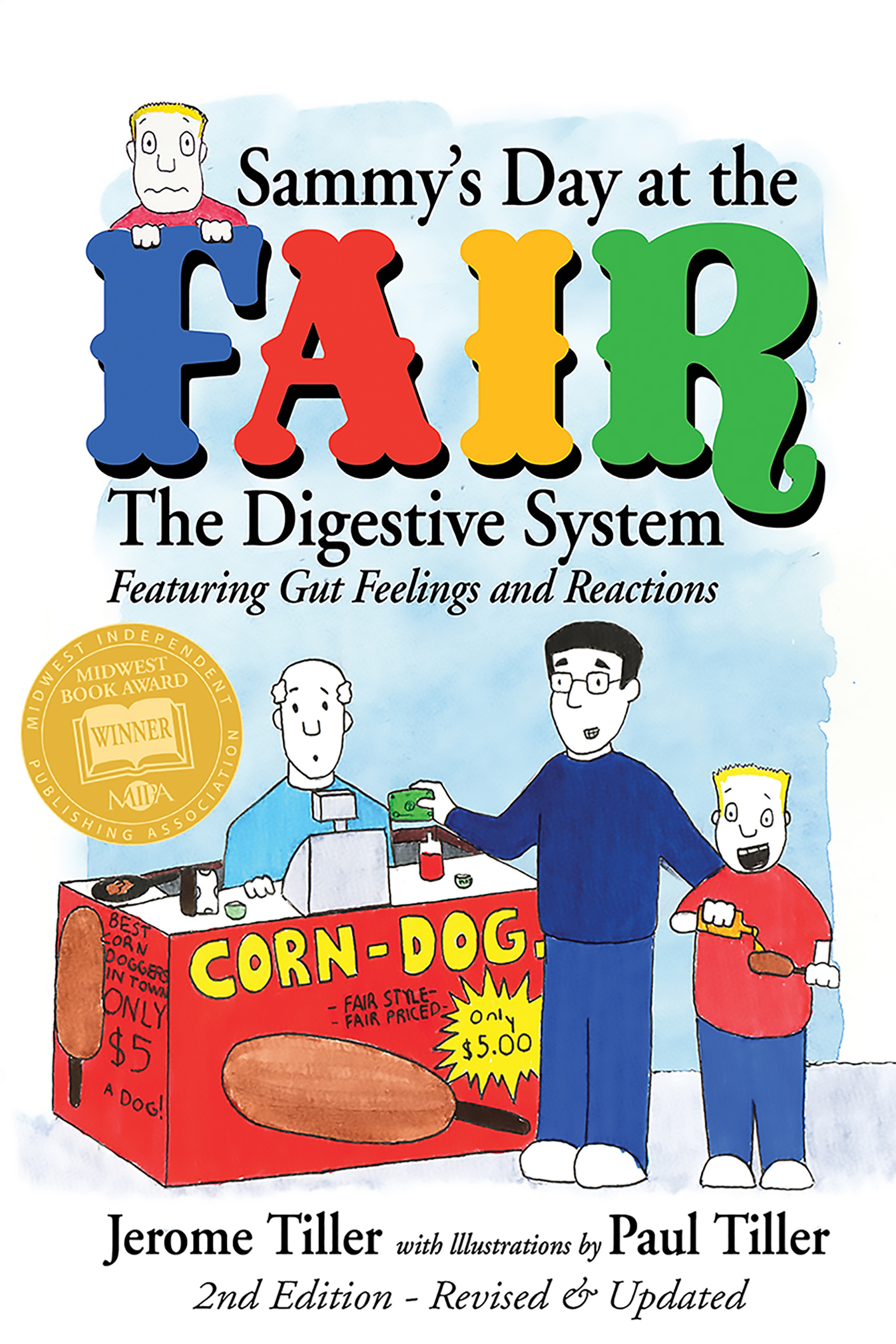
Broadly speaking, a classic is something of sufficient quality to have withstood the ravages of time. Today, for my own purposes, I will revise this definition, first by dropping the test of time angle and next by elevating the quality aspect. This allows me to declare that my first effort at adaptation in 2007 is indeed a classic that deserves to be recognized as one.
Why so? Because I am a delirious ego-maniac? Perhaps. But in order to be fair to me, a little history. In 2007 I formed a self-publishing company (ArtWrite Productions ) so I could adapt for publication a term paper my son Paul had created for his middle-school science class. I lifted it and adapted it with Paul’s permission after employing him to refine and expand the illustrations he had created for his term paper. That book was titled: Sammy’s Day at the Fair: The Digestive System, featuring Gut Feelings and Reactions. In 2018 I published a second, slightly revised and updated edition of the book. That edition won gold and silver medals from the Midwest Independent Publisher Association (MIPA)—the gold for Children’s Non-Fiction, the Silver for Children’s Fiction.
The Melville/Gandhi Connection

There is no evidence to support Ernesto Hermeteby’s speculative musings in his recent blog regarding a Melville/Gandhi connection. Granted, at no point does he suggest there is evidence. But then why did he speculate about it? Is it because he thinks our recent changing-of-the guard demands Bartleby-style non-cooperation? Hermeteby does concede that, when Melville’s Bartleby devolved from limited consumption of food to total non-consumption, he had taken his negative preferences more than a little bit too far. So was he was suggesting that non-cooperation with things as they currently are could potentially go too far? And would 'going real, real far' be a risk Hermeteby would be willing to take? I mean, given present circumstances?
Banned Books
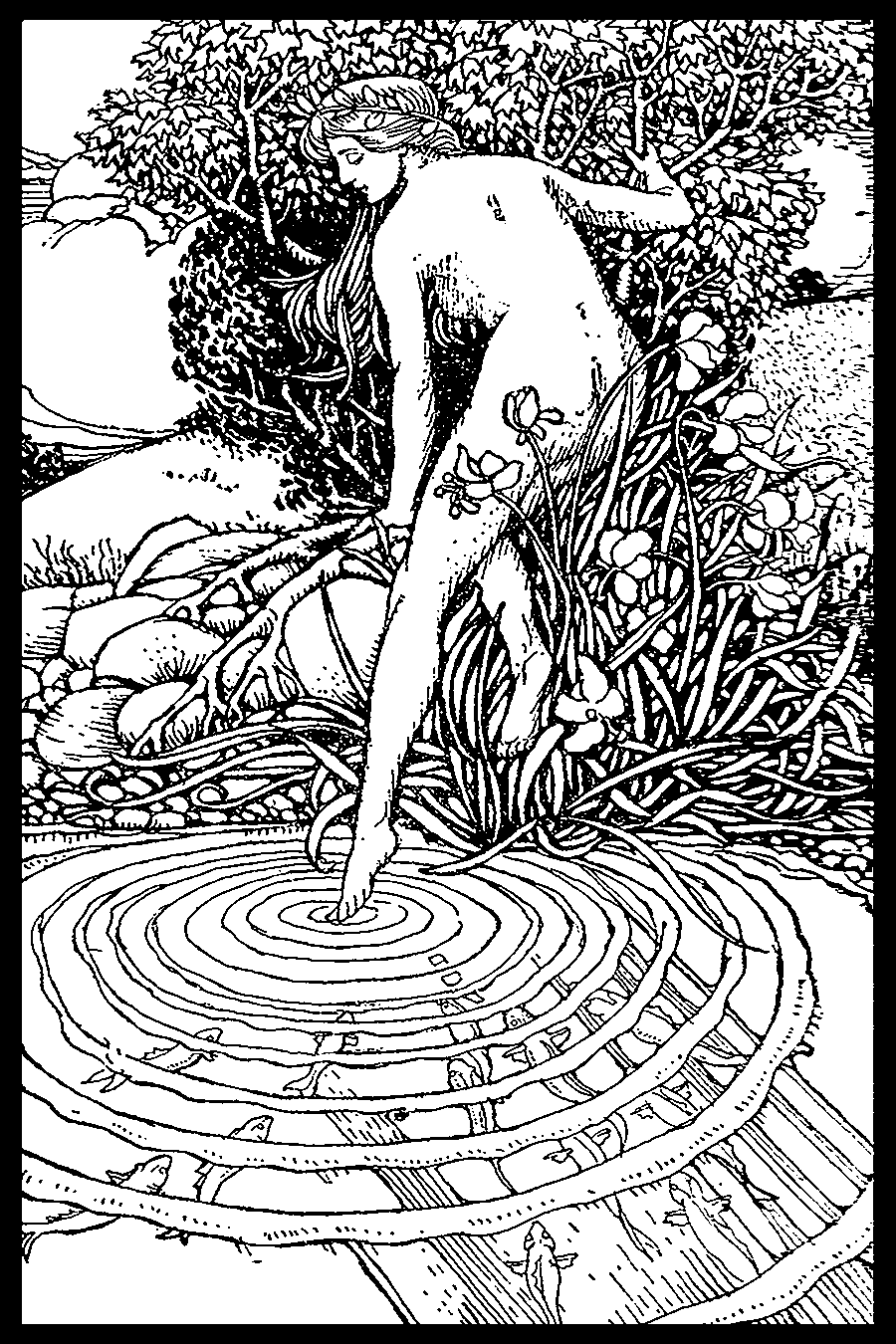
Some public administrators meet and decide that certain books by certain authors like Mark Twain and Harper Lee should be banned because they make readers uncomfortable. Oh, my! Uncomfortable!
I’m quite sure that when Harper Lee wrote her celebrated “To Kill a Mockingbird”, she had ‘uncomfortable’ exactly in mind. Since it examined southern culture and questioned its morals, she must have known her book would make at least some, and likely many readers squirm in their skin. Furthermore, she must have hoped such readers would bear their discomfort until the end of the book, then shift whatever perceptions and attitudes had caused their discomfort to a better place — for their own good and the good of all. Many authors design their books to cause at least a little discomfort with the same hope and motives in mind. And some of these books wind up being banned in one place or another.
Who did Gandhi imitate?

It don’t make no sense most ways, I admit, but you can’t ignore the evidence neither. Could the one and only Mahatma Gandhi have been influenced by a character he experienced around the same time that its creator, the author who made-up that character, was getting rediscovered by literary geeks in 1915, some fifty years after that author died broke, him being dead all that long before he finally became famous, as he now is and will forever remain, that author being Mr. Herman Melville? Furthermore, could this rediscovery of Melville just coincidently happen about the same time the redoubtable Mohandus Mahatma Gandhi was just beginning to be a non-cooperating social justice activist and these be just two incidental happenstances with nothing whatsoever that links them? I suppose so, but who knows? Read on.
Bartleby Puzzles Critics

Unsurprisingly, when critics reach their conclusions about literary works, they do not always agree on the meaning of the most challenging literature, which would include Bartleby the Scrivener, a story that requires deeply penetrating discernment powers. For decades all critics worth their salt have wondered (and some have incessantly) what Herman Melville meant to say when he created Bartleby the Scrivener. And that includes avid readers (i.e.; amateur critics) like me.
Bartleby the Scrivener
Bartleby the Scrivener is the most popular and widely analyzed of Herman Melville’s short fiction. The story, set in a law office on Wall Street, is told by an elderly lawyer who employs two copyists, or ‘scriveners’. Their job is to copy out legal documents by hand. When the lawyer decides he needs a third scrivener, he hires Bartleby, mainly because he thinks his calm demeanor will provide a good example for the other two, whose eccentric personalities were creating havoc in the workplace. However, Bartleby soon proves to be the worst workplace model ever when he refuses to do any of the work the lawyer assigns him. And so it goes, on and on and far beyond, in what is one of the most mysterious and thought-provoking stories ever written.
Fans of Adam - Mark Twain's The Diaries of Eve and Adam
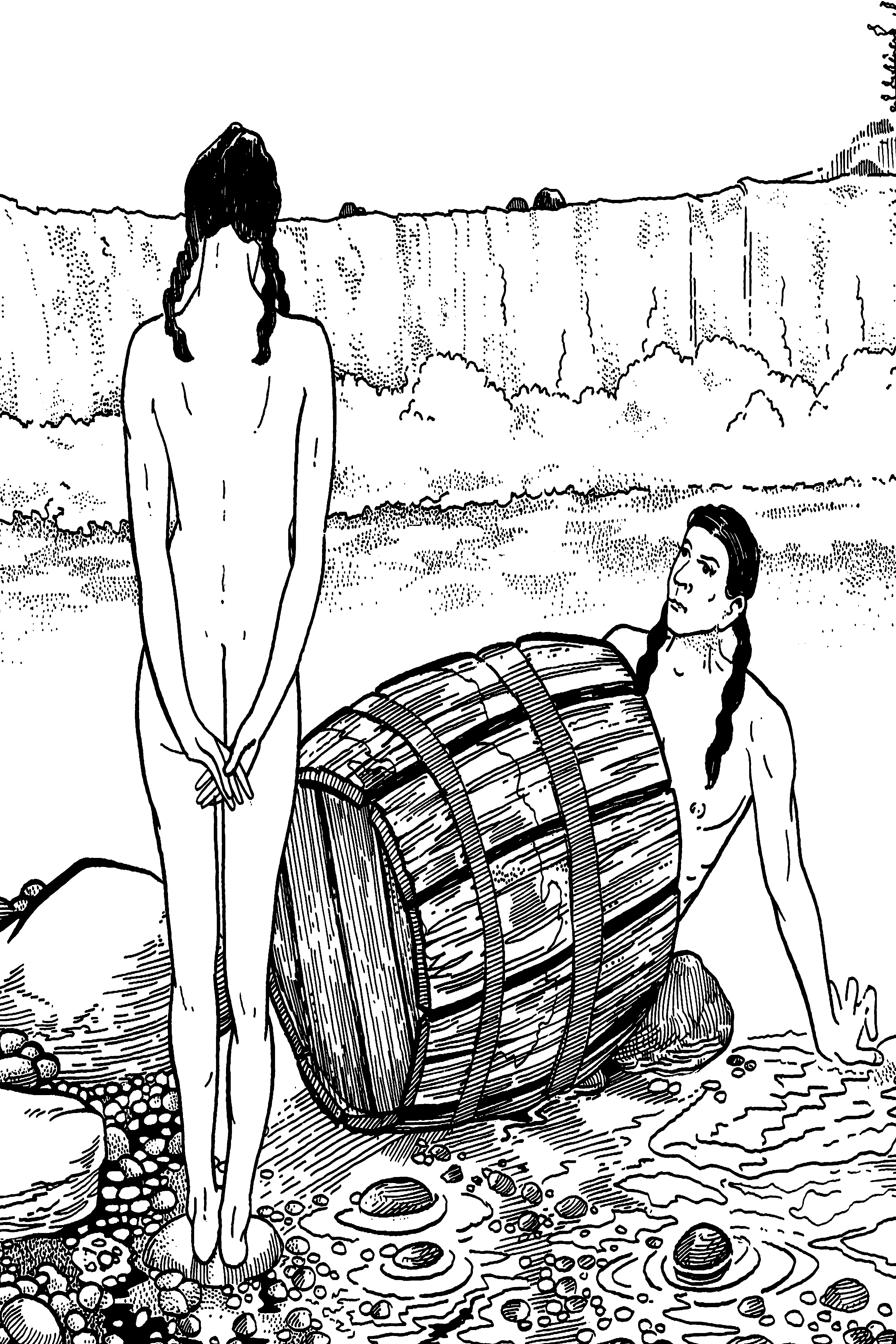
Fans of Adam might dislike ArtWrite Productions, the publisher of the Adapted Classics book Mark Twain’s the Diaries of Eve and Adam. The reason? The publisher decided to place Eve’s name before Adam’s in the title of the book. This upsets tradition, fans of Adam might say, and you do not upset tradition to appease women or to appeal to them for financial gain (women do buy more books than men, and men almost never buy books for their children). Well, fans of Adam, do you want to know what lake you can jump into? How about the first lake you come upon?
Running for Vice President
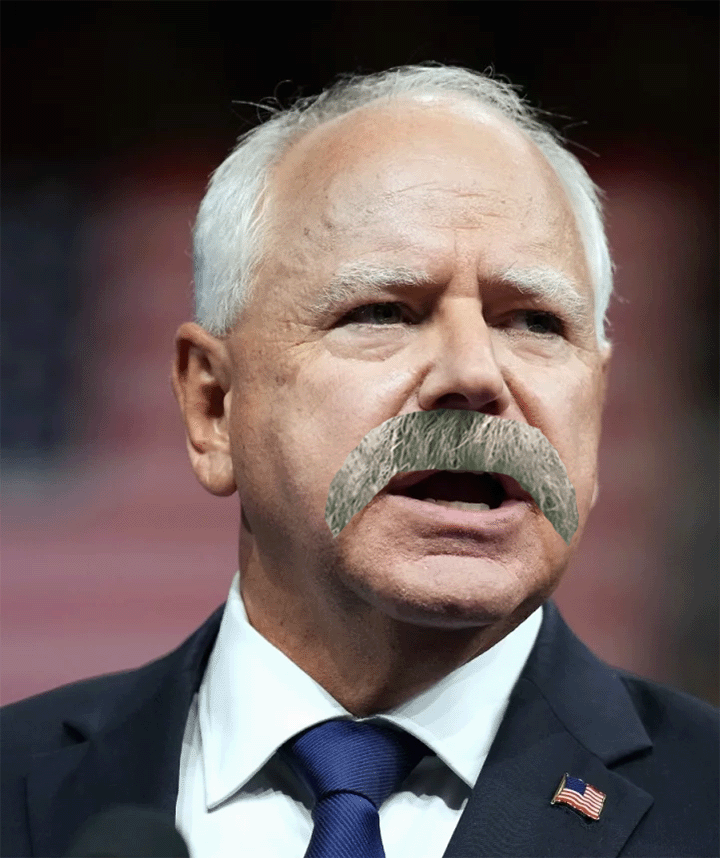
Breaking News! Pause your doubting nature and brace yourself. As previously reported, Mark Twain will not Run for Governor of the state of Florida (even if he could have, why would he have bothered with that small potato!). Okay, I know you knew that. Now here’s the big news that’s breaking—thanks for your patience—Mark Twain will run for Vice-President of the USA in 2026 under the guise of—get this—Tim Walz, Governor of Minnesota.
Running for Governor
Mark Twain will soon announce he is Running for Governor of the state of Florida in the November election. OK – you know that's not gonna happen. As iconic as Mark Twain is—a status he’ll forever retain despite having guys like Ron DeSantis ban the books he wrote—he cannot come back from wherever he resides in eternity and run in 2024 because the election for governor of Florida is not until 2026. So, sadly Mr. Twain, as much as you'd like to get your revenge right away, you must drop this idea and try again in two years.
But wait up. Let’s reconsider. You have been convicted, or more correctly, banned from Florida classrooms for being a corrupting influence on youth. Doesn’t your disregard for the rule of law, regardless of whether it be moral or civil, disqualify you from running for office anyway? But then, if that be so, that means you gonna have to forget about running for Florida Governor in 2026 as well. Or maybe for any office whatever whereever it may be.
Mark Twain’s Goal - Bringing Eve & Adam Together

Mark Twain wanted to bring Eve and Adam together, but his goal went unrealized until after his death. Twain wanted to unite his "creation stories" so Eve and Adam’s different perspectives on creation would stand in high contrast. As Twain said, “They score points against each other — so, if not bound together, some of the points would not be perceived.” In 1931, 21 years after Mark Twain died, Harper finally brought the stories together by publishing a book titled “The Private Life of Adam and Eve”.
In 2024, 87 years after Harper first published the book to satisfy Twain's wishes, Adapted Classics is presenting a FREE PDF version of The Diaries of Eve and Adam in advance the revised reissue of our softcover version of Twain's classic retelling of Genesis whether Mr. Twain would like that or not. No offense, Master! We're still bringing and keeping them togeher as you wished.
Announcing Eve and Adam - Genders in the Garden
Near the end of his life, Mark Twain wrote a series of six stories commonly known as the ‘Adamic Diaries’. Four of the stories poke fun at Christianity and are dark in tone. These stories were not published until after Twain died in 1910. Two of the six stories in the series were published as illustrated books while Twain lived—Extracts from Adam’s Diary in 1904 and Eve’s Diary in 1906. These two stories are less pointed and much lighter in tone. In 2017 I intertwined them in “Mark Twain’s The Diaries of Eve and Adam” by rearranging text and adding a little new material. I have now created a revised edition of this book that features new formatting and additional illustrations. It also carries a new title: simply, The Diaries of Eve and Adam. The paperback will be available for purchase on July 12, 2024.


